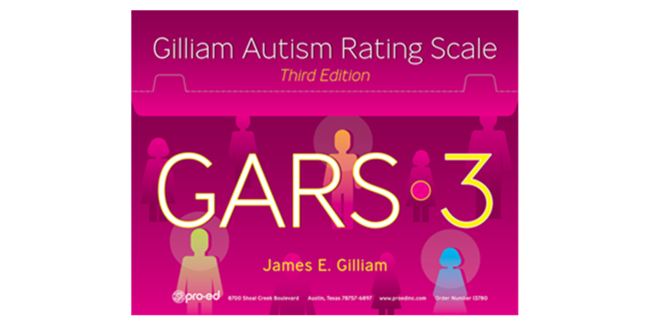Gilliam Autism Rating Scale, Third Edition (GARS-3) is one of the most widely used instruments for the assessment of autism spectrum disorder in the world. The GARS-3 assists teachers, parents, and clinicians in identifying autism in individuals and estimating its severity
Gilliam Autism Rating Scale | Third Edition
GARS-3
Gilliam Autism Rating Scale, Third Edition (GARS-3) is one of the most widely used instruments for the assessment of autism spectrum disorder in the world. The GARS-3 assists teachers, parents, and clinicians in identifying autism in individuals and estimating its severityChoose from our formats
Kits
Starter & complete kits, print & digital
2 options
Test forms & reports
Booklets, record forms, answer sheets, report usages & subscriptions
1 option
Support materials
Manuals, stimulus books, replacement items & other materials
1 option
All products
All tests and materials offered for GARS-3
4 options